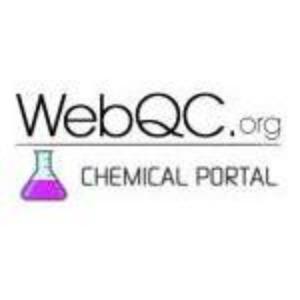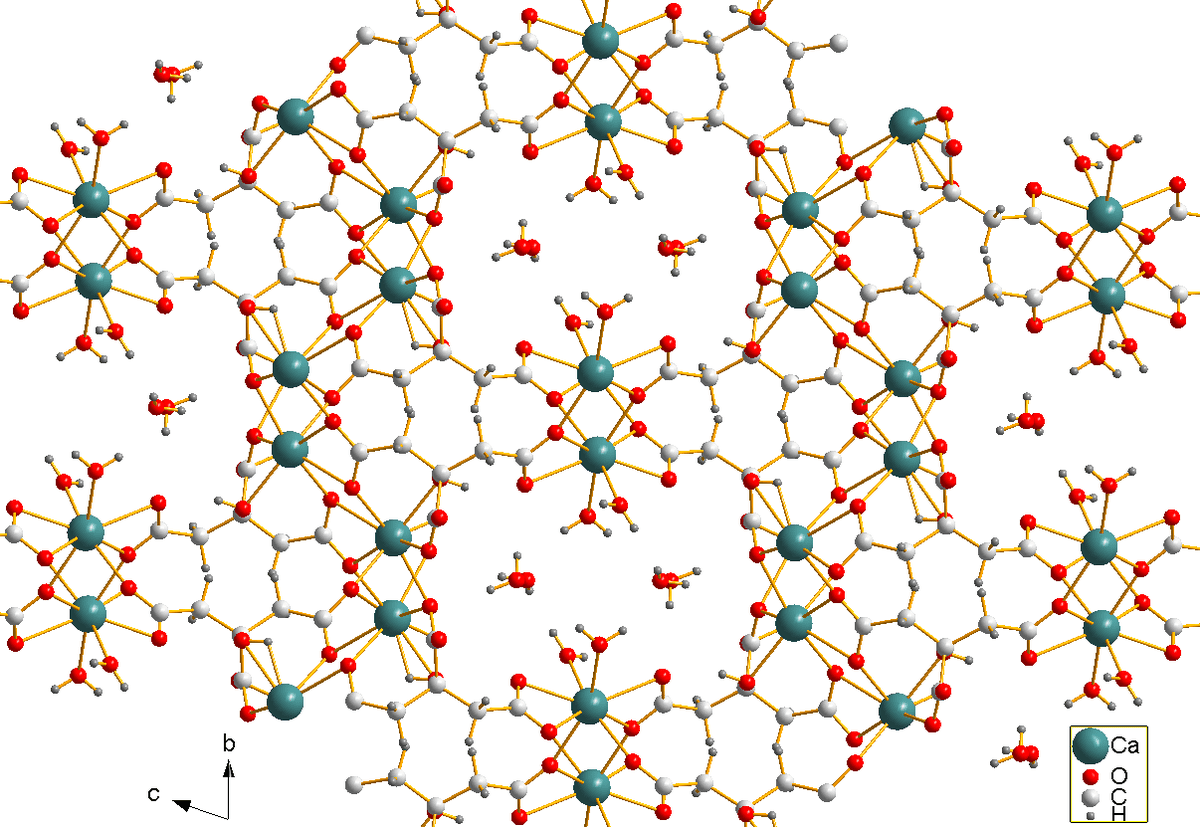Well now I know why I have had a chronic cough for 10 years, worsening every time I take a drink of a beverage containing citric acid. I already KNEW I was allergic to Aspergillus as allergy testing over the years has always included specific mold allergies. But of course I had no idea citric acid was MADE with aspergillus. More recently, in the last 3-4 years I have developed digestive difficulties and joint pains. Adding insult to injury, I guess.
Good grief, what else do I have to avoid in order to simply feel normal?
I was coughing a lot, mostly dry cough but persistent enough. All of one month and still going after I got sick a week after I began using manufactured citrates to improve my blood's zeta-potential. At first I thought the dry cough was caused by an acid base imbalance that rendered my extracellular fluids very acidic, but even as I restored my acid base balance, the cough continued.
I don't know if it's just the aspergillus niger causing the cough, or if it was because it caused me to develop malaria (by activating a dormant plasmodium parasite). One of the symptoms of malaria is persistent dry coughing.


